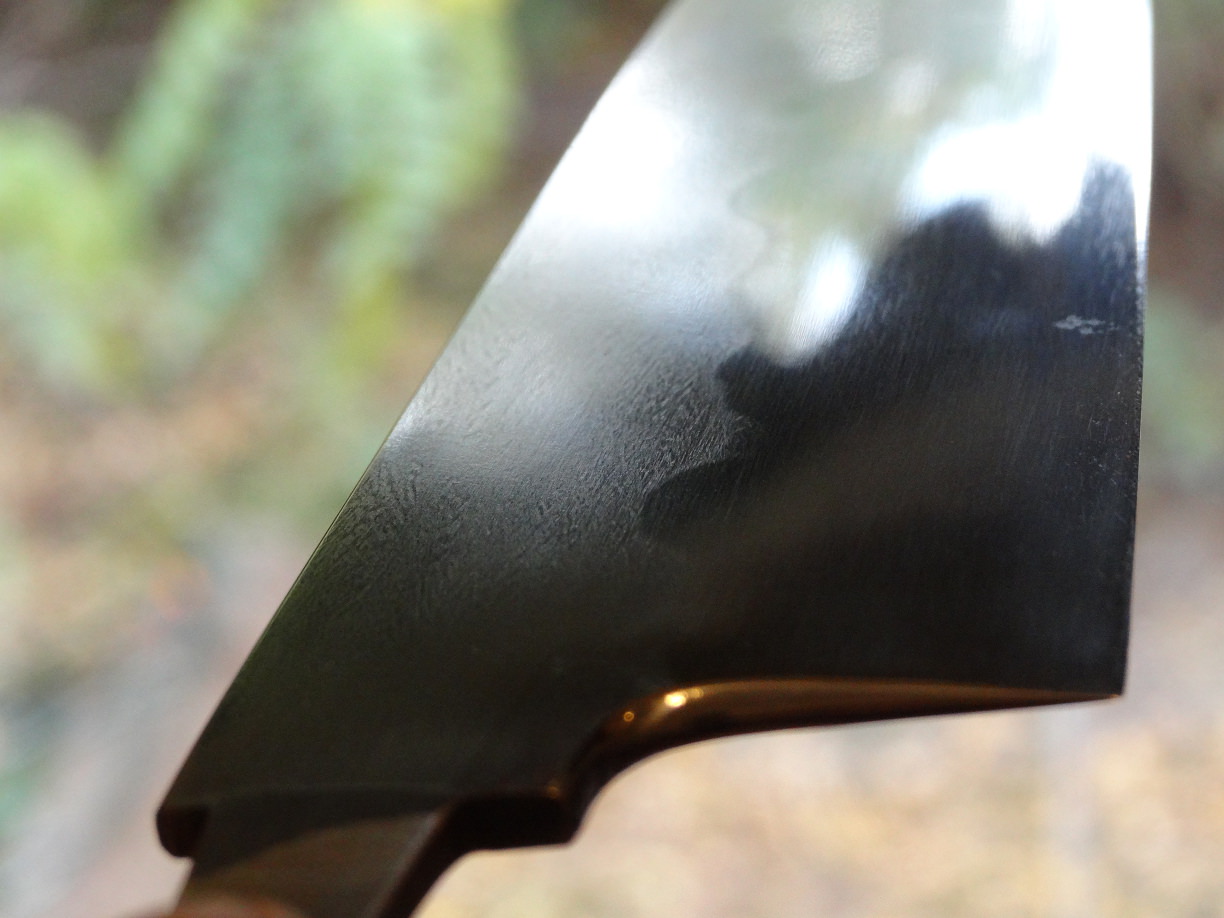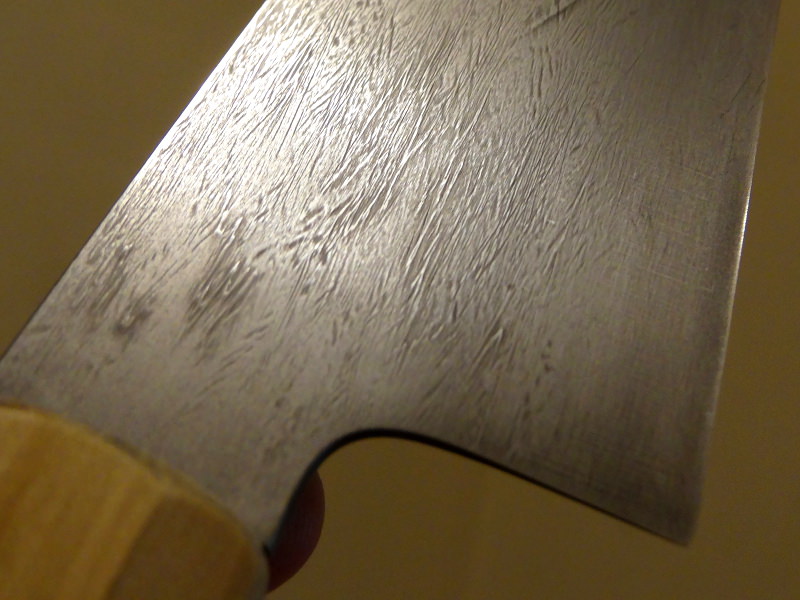I know there have been a few threads about this, including a very helpful one from @Dave Martell a while back, but there were a few things I couldn’t find the answer to...
If tomorrow I were, hypothetically, wanting to bugger around with strong acids and banding, would the big container of 32% HCl I have in the shed be suitable? Would I need to dilute it with vinegar? Or water?
Or is Ferric Chloride better? And if so - can I make Ferric Chloride by putting wire wool in 32% Hydrochloric acid? Is Ferric Chloride the same thing you use to ‘ebonize’ wood?
Should the knife finish be left quite low beforehand (like SG500)? Or do I want to put a nicer finish on it and then etch after?
What does this kind of thing do to kuruochi? (Proper kind, not black paint).
TY for any insights!
If tomorrow I were, hypothetically, wanting to bugger around with strong acids and banding, would the big container of 32% HCl I have in the shed be suitable? Would I need to dilute it with vinegar? Or water?
Or is Ferric Chloride better? And if so - can I make Ferric Chloride by putting wire wool in 32% Hydrochloric acid? Is Ferric Chloride the same thing you use to ‘ebonize’ wood?
Should the knife finish be left quite low beforehand (like SG500)? Or do I want to put a nicer finish on it and then etch after?
What does this kind of thing do to kuruochi? (Proper kind, not black paint).
TY for any insights!























